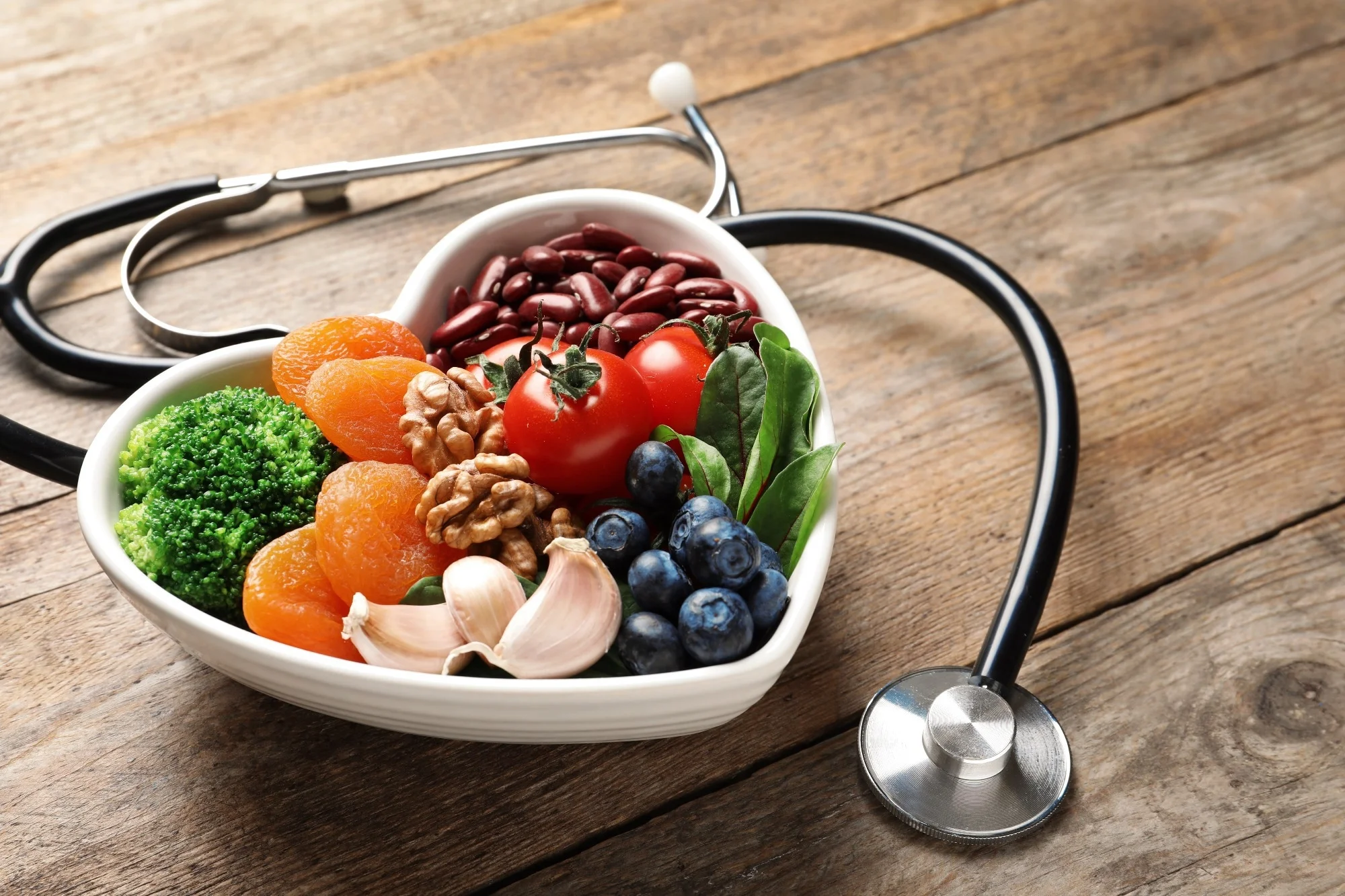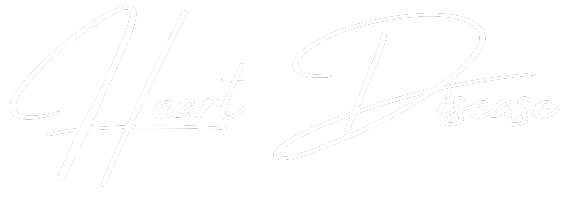
It started as a routine visit. Blood pressure. Weight. Labs. Then came the cholesterol numbers. Then the questions. “What do you usually eat?” I paused. Listed things out loud. The usual. The convenient. I heard myself and felt unsure. I didn’t expect that part to matter so much. But it stayed in the room longer than the numbers.
The first thing I changed wasn’t what I expected—it was the oil I used
The doctor didn’t talk about sugar first. Or fast food. He asked about cooking oil. I hadn’t thought about it. I used what was around. Butter sometimes. Whatever was cheapest. He mentioned saturated fats. Plant oils. Ratios. That part stuck. I switched to olive oil first. It felt small. But somehow it started everything else.
I thought salt was the enemy, but it turned out to be more complicated than that
People told me to cut salt. Always salt. But then I read labels more carefully. The foods I thought were healthy still had high sodium. Sauces. Soups. Canned vegetables. It wasn’t just the salt shaker. It was everything around it. I didn’t remove salt completely. I learned where it hid. That felt more sustainable.
I stopped thinking of food as good or bad and started thinking about what stayed in my system
I used to label food. Bad. Clean. Cheat. Then I noticed which ones made me sluggish. Which kept me full. Which helped my blood sugar stay even. The labels didn’t help me understand my body. The responses did. I paid attention. Not to rules. But to reactions.
Fiber was something I ignored until I saw what it did to my numbers
I never thought about fiber. I knew it helped digestion. That was it. Then my doctor explained more. How it binds cholesterol. Slows absorption. Steadies blood sugar. I added oats. Beans. Lentils. Everything changed quietly. My hunger changed. My energy shifted. My labs improved. Fiber became the part I added, not subtracted.
The hardest part was changing breakfast—it had been the same for years
I held onto breakfast habits tightly. Toast. Jam. Orange juice. Easy. Familiar. But it spiked me. Made me crash by ten. I swapped slowly. Eggs some days. Greek yogurt others. Added chia seeds. Protein where I never had it. It wasn’t about restriction. It was about what lasted longer.
I didn’t expect vegetables to make that much difference, but they did
I started with one serving a day. Then two. I didn’t love them. But I added color. Greens. Roasted peppers. Tomatoes. I cooked differently. Not better. Just more often. My plate shifted over weeks. I noticed cravings changed too. Less fried food. More roasted. Not perfect. But steady.
I learned fat wasn’t the problem—it was the kind of fat that mattered
I avoided fat for years. Thought it was the villain. Then I looked closer. Avocados helped. Nuts kept me full. Fatty fish felt clean. The right fats helped my heart instead of hurting it. That made things easier. More flexible. I wasn’t avoiding. I was choosing.
I didn’t cut out meat—but I stopped treating it like the center of every meal
Meat wasn’t banned. But I changed its role. I started building meals around other things. Beans. Grains. Vegetables. Meat became an accent. A smaller piece. I still ate chicken. Fish. Occasionally beef. But I didn’t need it every day. My meals felt lighter. Less dense. That helped digestion too.
I realized sugar was everywhere—even when the food didn’t taste sweet
It wasn’t dessert. It was bread. Ketchup. Crackers. Salad dressing. The sweet wasn’t obvious. But it added up. I checked labels more often. Found swaps. Not perfect. But better. Sugar didn’t disappear. It just stopped sneaking in where I didn’t notice before.
Eating out changed the most—even when I ordered the same food
I used to think a grilled chicken salad was a safe bet. Then I asked for dressing on the side. Skipped croutons. Noticed how salty everything tasted. Restaurant food is built for flavor. Not balance. I still ate out. But I chose differently. And noticed how much smaller changes added up.
I stopped eating by the clock and started eating based on how I actually felt
I used to eat at noon because it was lunchtime. Ate at six because it was dinner. But sometimes I wasn’t hungry. Or I was hungrier earlier. I started checking in. Eating when needed. Stopping earlier. It made me feel more stable. Less bloated. More tuned in.
Snacks became intentional instead of automatic
Before, I grabbed whatever was near. Chips. Bars. Candy. Then I packed fruit. Nuts. Hummus. I kept it simple. I didn’t snack because I was bored. I snacked because my body asked. That took time. But eventually, it stopped feeling like effort.
Source: Heart Diseases in Dubai / Heart Diseases in Abu Dhabi
